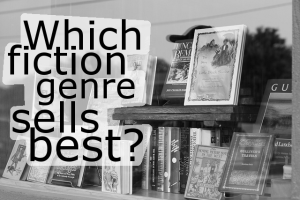Times New Roman. 12 pt font. Double spaced. You’ve got all that covered. But what else do you have to do to get your manuscript in shape for submission? Here’s some handy info I stole from a used copy of Writer’s Market (any edition of which I highly recommend; mine’s a 2004).
Cover page
In the upper left-hand corner, list your real name, street address, phone number, and email address (remember to use a professional-looking email addy based on your name) – this is the only part that should be single-spaced.
In the upper right-hand corner, put the word count rounded to the nearest 500.
One-third of the way down the page, center the book title in all caps. Double space, “by,” double-space again and type your name (or pseudonym).
Chapters
Start each chapter on a new page, one-third of the way down the page. Write the number of the chapter, a colon, and the chapter title (if applicable) in all caps, centered. Double space and begin the chapter.
Header
Create a header with your last name, page number, and shortened version of book title (unless it’s already short), all separated by dashes, and all caps. (For directions on this, type “insert header” into the search in MS Word Help.)
Spaces
Double space everything. Indent the first line of every paragraph. Do NOT include an extra line between each paragraph, and do NOT include an extra space between sentences. Align text to the left; do NOT justify. Your margins are fine at whatever Word automatically sets them (usually between 1 and 1.5 inches).
Favor Chicago over AP Style
Generally, fiction favors Chicago style and journalism favors AP style. So use em dashes—like this—instead of en dashes – like this. And don’t forget your serial commas when listing three, four, or more of anything. When in doubt, consult Strunk & White.
No fancy fonts!
I know I already mentioned Times New Roman. Apparently Courier is okay, too. But seriously – don’t even use a fancy font for the titles. Your story should stand out because of the writing, not the type. Besides, if you send an e-query, the agent’s computer might not recognize said fancy font, and it’ll just pick the next-closest thing, which may look grotesque.
No fancy paper!
Standard 8.5×11 white printer paper. No colors, designs or sparkles!
File type
“.doc” seems to be the universally accepted file type. If you have a current version of MS Word, it may automatically save as a .docx, but if the agent you are querying has an older version of Word (like mine), they won’t be able to open it – so make sure you change it to .doc.
Questions? Need clarification? Shoot me a comment!




